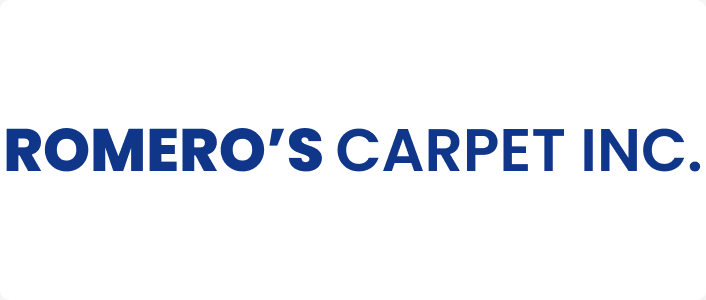A Circular Economy
Moving toward a more circular economy requires shifting away from a take-make-dispose consumption model. Keeping resources circulating from use to reuse in the economy requires rethinking how something historically viewed as waste might instead be a valuable resource.
Reclamation and Recycling
Shaw continues to be an industry leader in the reclamation and recycling of end-of-use carpet, and as we continue to drive innovation into our business, we look for new solutions to pieces of the puzzle that continue to challenge us.
Shaw has formed partnerships with reclamation partners throughout the U.S. to create an extensive network to bring used carpet (ours and our competitors) back to be reincarnated into its next life. Creating that network has been no easy feat, but we now have a reclamation partner within a 50-mile radius of 75 percent of the U.S. population.
To ensure this network continues to thrive, there needs to be a financially viable market for the materials these collectors reclaim. That means that we must be able to recycle carpet created with many different types of fiber. This was the focus of much of our 2013 and culminated with the announcement of Evergreen Ringgold, a facility that will allow us to recycle nylon and polyester carpet. Evergreen Ringgold adds to Shaw's portfolio of recycling solutions.
Through this ongoing commitment, Shaw has reclaimed more than 700 million pounds of carpet since 2006. As part of our portfolio of recycling processes, reclaimed carpet has three potential pathways back into the economy: into new carpet, as an ingredient material for other manufacturers' products such as automotive parts, or converted into energy at our Re2E facility helping to power our manufacturing operations. Our focus on turning waste into a resource is best exemplified by our expansive and long-standing carpet reclamation and recycling efforts.
Turning Plastic into Bottles and Carpet
Not only do we convert reclaimed carpet into new products, but we also use fiber made from recycled plastic drink bottles to create residential carpet products, thus converting one industry's waste product into a resource in our manufacturing processes. On average, we recycle three billion or 160 million pounds of plastic drink bottles annually at our Clear Path Recycling facility, a join-venture with DAK Americas. Fiber made using recycled PET from Clear Path is used in Shaw's ClearTouch residential carpet products. This not only keeps a significant volume of waste out of the landfill, but saves enough energy to power over 20,000 U.S. homes each year.
Waste
Additionally, Shaw continues to repurpose waste from our own manufacturing processes. Shaw’s approach to waste, reclamation, and recycling begins with a focus on not creating waste in the first place. Wherever possible, we seek ways for “waste” to become a resource in our own production cycle or as part of another manufacturer’s feedstock.
We have set a goal to reduce total waste sent to landfills by 100 percent by 2030. So we are on a constant quest to find the best options to reuse, recycle or otherwise divert materials from the landfill. In 2013, we completed the first full year using our sophisticated Material Resource Management (MRM) system. This centralized system, which is operational in all of our plants, provides a consistent protocol for categorizing, measuring and channeling materials previously identified as waste. The system continues to improve the accuracy of our metrics – to ensure we are capturing our true impact more completely – and is instrumental in helping us identify common sources of waste that can be converted into a resource.
This business approach to waste naturally drives us to seek continuous improvement. As a result of MRM and other efforts, in late 2013, we kicked off initiatives to address our two biggest landfill items: associate trash and a process byproduct that previously had no other known use. In the instance of associate trash, we began piloting a new process that expands the type of material that we recycle, and we are making it easier for associates to recycle many of the items that previously would have ended up in the trash. For the process byproduct, recycling partners helped us identify an industrial use for the product. With both initiatives beginning in the third quarter, we only saw incremental change in our waste stream in 2013, and we expect both of these programs to have a significant impact on the amount of waste we send to a landfill in the coming years.
We also continued existing programs including using waste materials from manufacturing as energy to power our operations and invest

